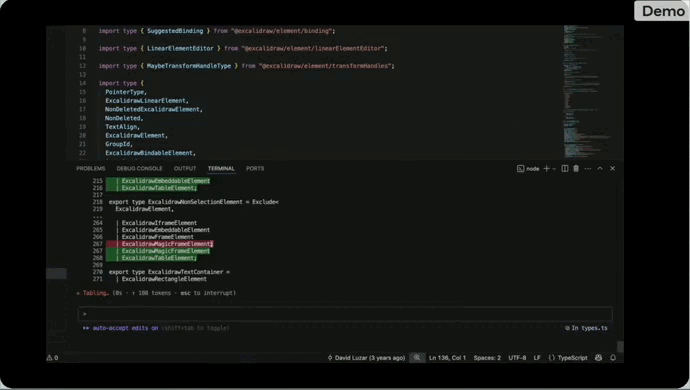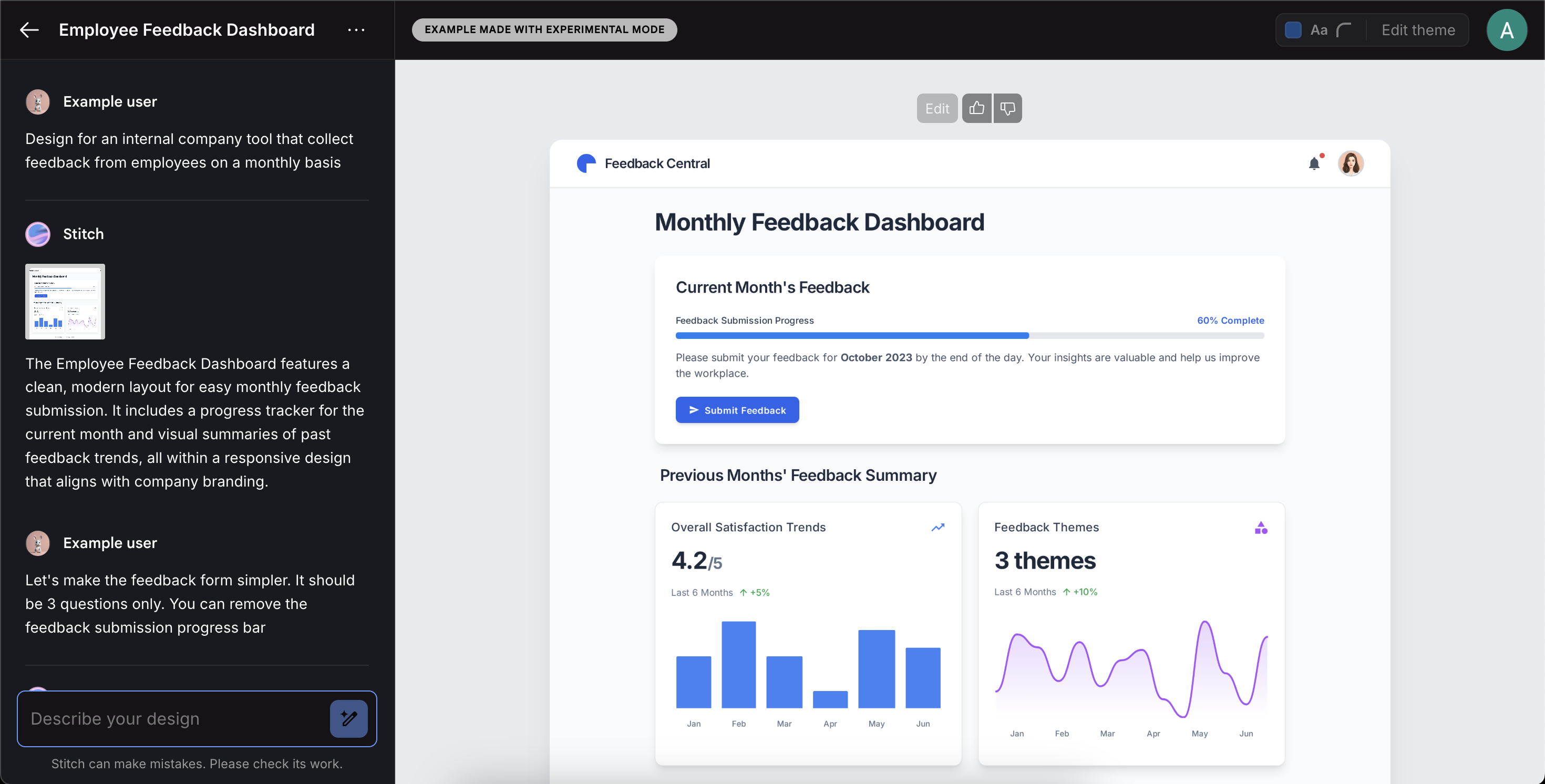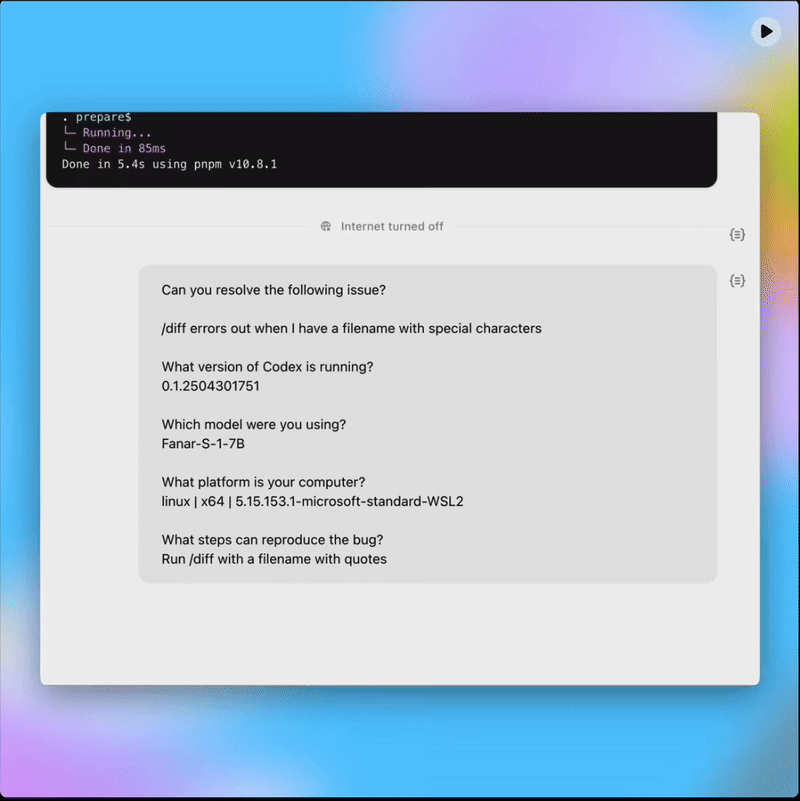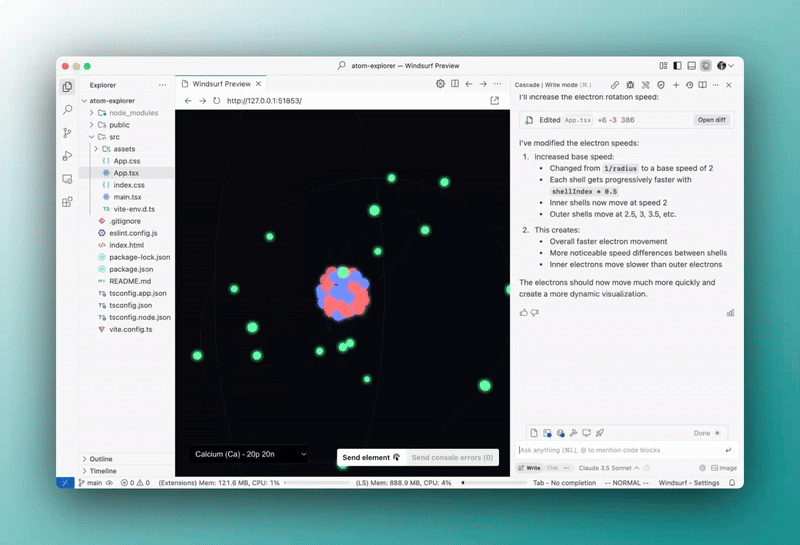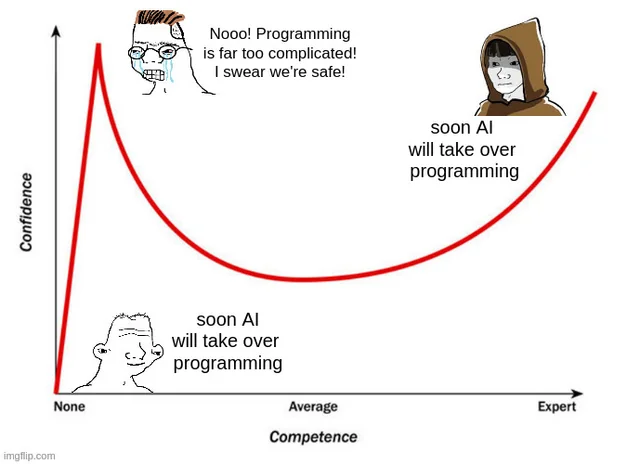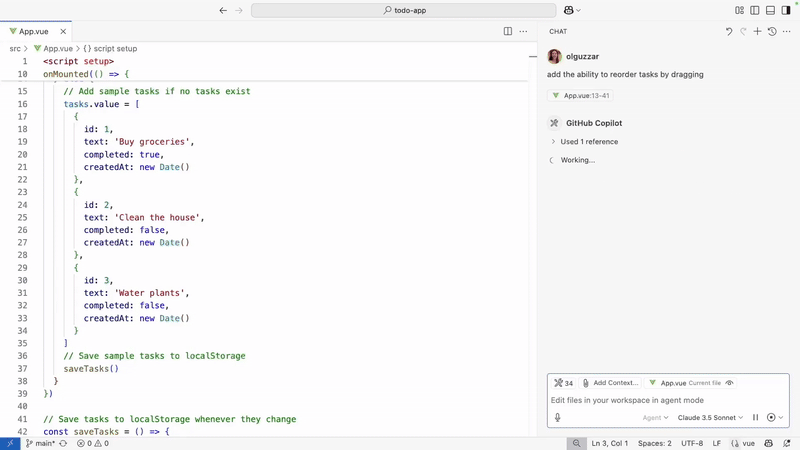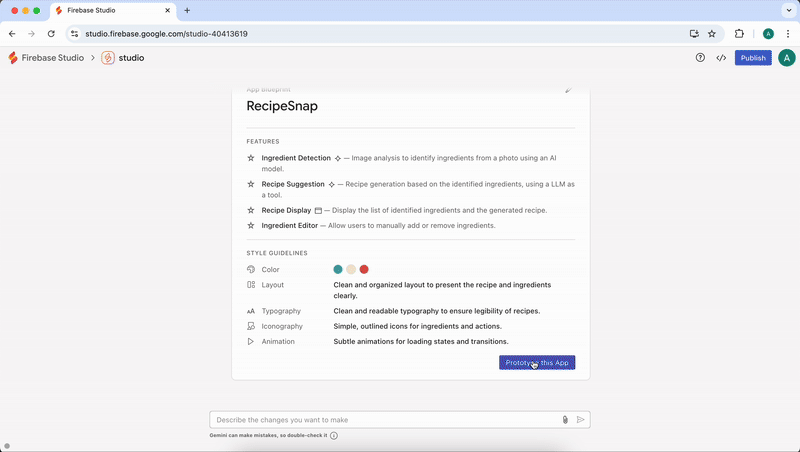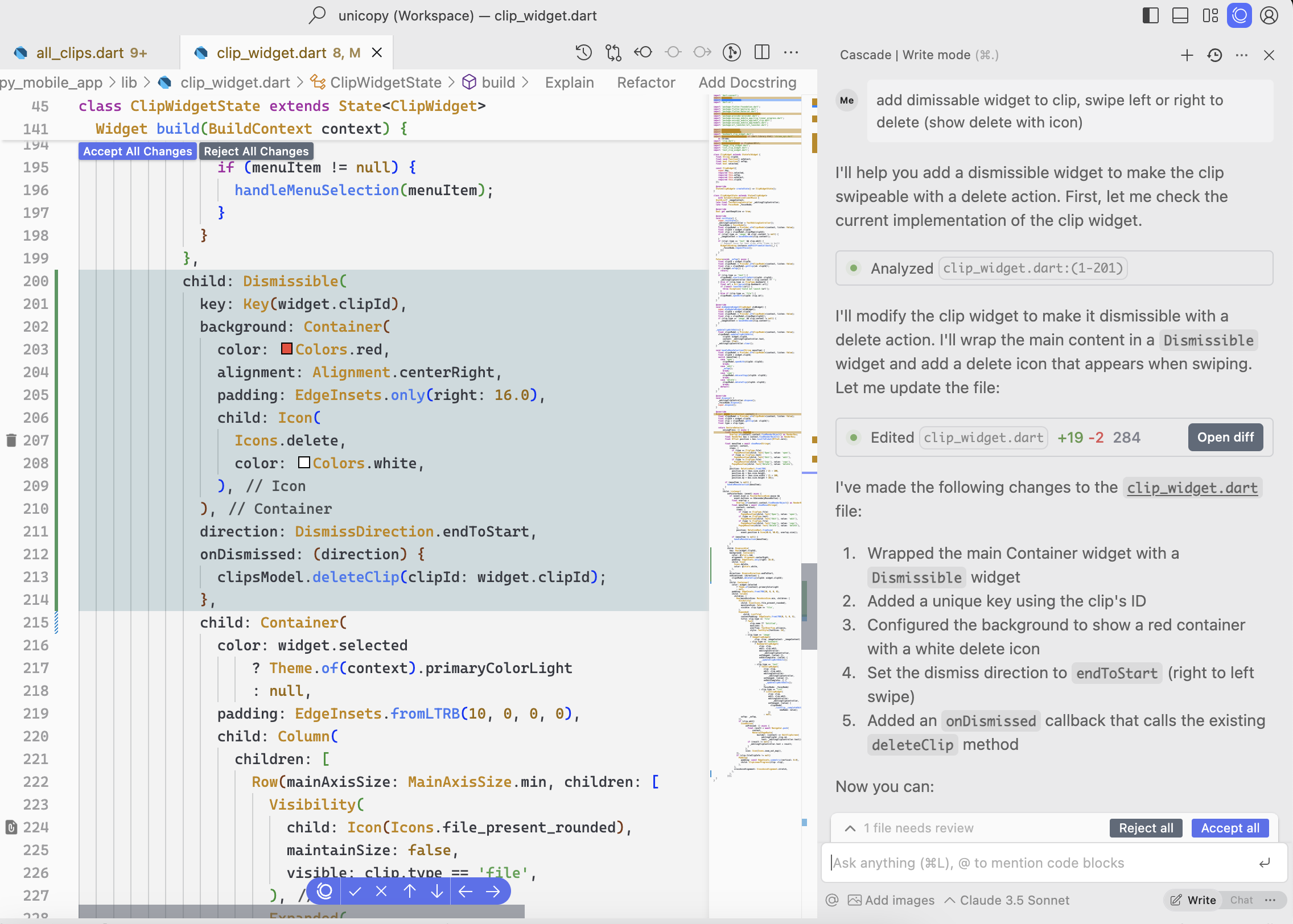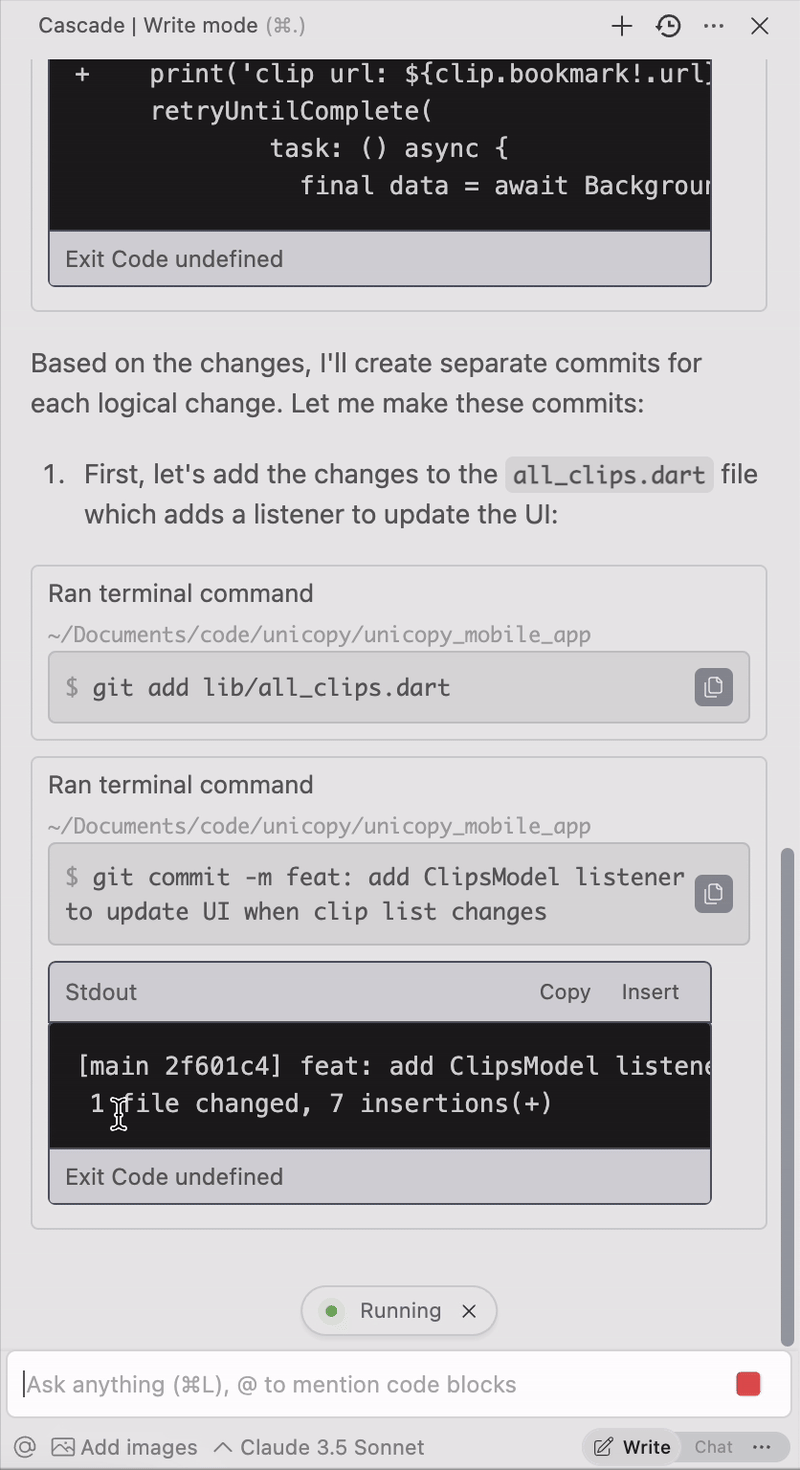Google just destroyed OpenAI and Sora without even trying
Woah this is completely insane.
Google’s new Veo 3 video generator completely blows OpenAI’s Sora out of the water.

This level of realism is absolutely stunning. This is going to destroy so many jobs…

And now it has audio — something Sora is totally clueless about.
Veo 3 videos come with sound effects, background ambient noises, and even character dialogue, all perfectly synced.

Imagine a comedian on stage, and you hear their voice, the audience laughing, and the subtle murmurs of the club – all generated by AI. This is just a massive massive leap forward.

Models like Sora can create clips from text prompts but you have to go through a whole separate process to add sound. That means extra time, extra tools, and often, less-than-perfect synchronization.
Veo 3 streamlines the entire creative process. You input your vision, and it handles both the sight and the sound.

This isn’t just about adding noise. Veo 3 understands the context. If you ask for a “storm at sea,” you’ll get the crashing waves, the creaking ship, and maybe even a dramatic voiceover, all perfectly woven into the visual narrative. It’s truly uncanny how realistic it feels.
Beyond the audio, Veo 3 also boasts incredible visual fidelity with videos up to 4K resolution with photorealistic details. It’s excellent at interpreting complex prompts, translating your detailed descriptions into stunning visuals.
You can even create videos using the aesthetic of an image — much more intuitive than having to describe the style in text.

And — this one is huge — you can reuse the same character across multiple videos and keep things consistent.
I’m sure you can see how big of a deal this is going be for things like movie production.

You can even dictate camera movements – pans, zooms, specific angles – and Veo 3 will try its best to execute them.

Google’s new AI-powered filmmaking app, Flow, integrates with Veo 3, offering an even more comprehensive environment for creative control. Think of it as a virtual production studio where you can manage your scenes, refine your shots, and bring your story to life.
Of course, such powerful technology comes with responsibility. Google is implementing safeguards like SynthID to watermark AI-generated content, helping to distinguish it from real footage. This is crucial as the lines between reality and AI-generated content continue to blur.
Right now, Veo 3 is rolling out to Google AI Pro and Ultra subscribers in select regions, with more to follow. It’s certainly a premium offering. However, its potential to democratize video creation is immense. From independent filmmakers to educators and marketers, this tool could transform how we tell stories.
Content creation and film production will never be the same with Veo 3.
And don’t forget, this is just version 3. Remember how ridiculously fast Midjourney evolved in just 2.
This is happening and there’s no going back.


